I took these photos of Purple Loosestrife, Curlycup Gumweed, and Chicory last year while driving around Farmington Bay WMA in September.
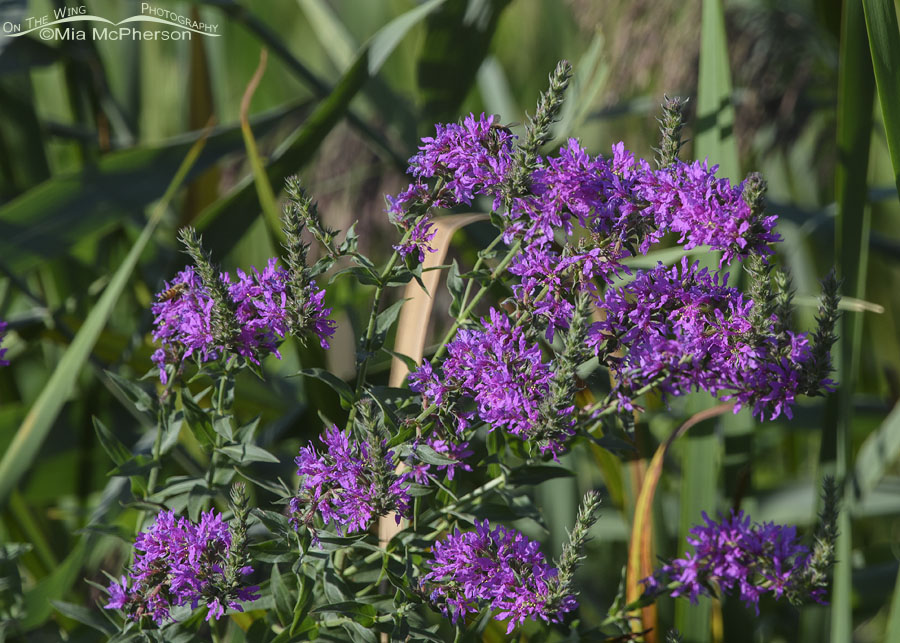 Stand of Purple Loosestrife
Stand of Purple Loosestrife
Although Purple Loosestrife are beautiful, vibrant flowers, they are also nonnative and highly invasive.
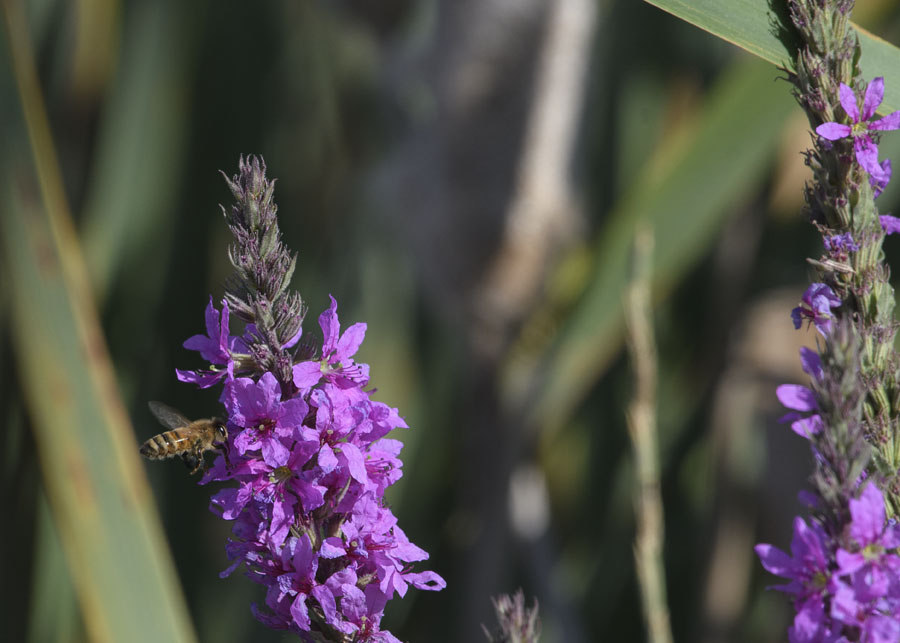 Purple Loosestrife and a bee
Purple Loosestrife and a bee
As much as bees like the flowers I know that Purple Loosestrife has become a significant concern due to its ability to outcompete native plant species in wetland ecosystems. It forms dense stands, reducing the diversity and abundance of native vegetation. This negatively impacts habitat for wildlife, as well as the overall ecological balance.
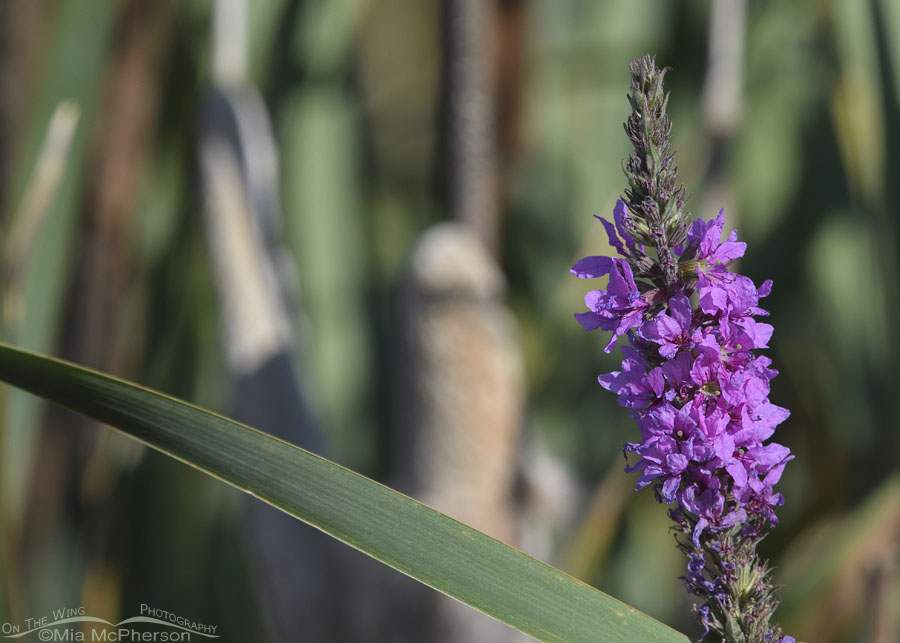 Nonnative Purple Loosestrife
Nonnative Purple Loosestrife
Due to its invasiveness, purple loosestrife is considered a noxious weed in many jurisdictions. It is illegal to sell, propagate, or transport purple loosestrife in some regions to prevent its spread and protect native ecosystems.
It is important to note that while purple loosestrife is a problematic invasive species, it is essential to rely on locally specific information and guidelines for its management, as regulations and control strategies can vary by region.
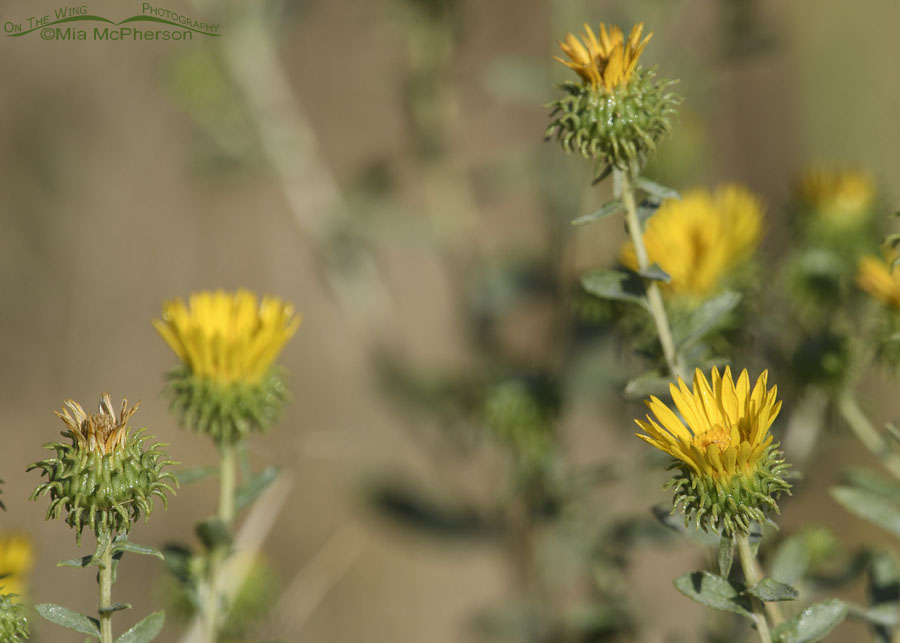 Curlycup Gumweed in bloom
Curlycup Gumweed in bloom
Unlike Purple Loosestrife, Curlycup Gumweed is native to northern Utah. In northern Utah, Curlycup Gumweed can be found growing in a variety of habitats, including dry slopes, open meadows, and disturbed areas such as roadsides and fields. It is a hardy plant that is well-adapted to arid conditions and can tolerate a range of soil types. Its ability to grow in disturbed areas makes it a common sight along roads and trails.
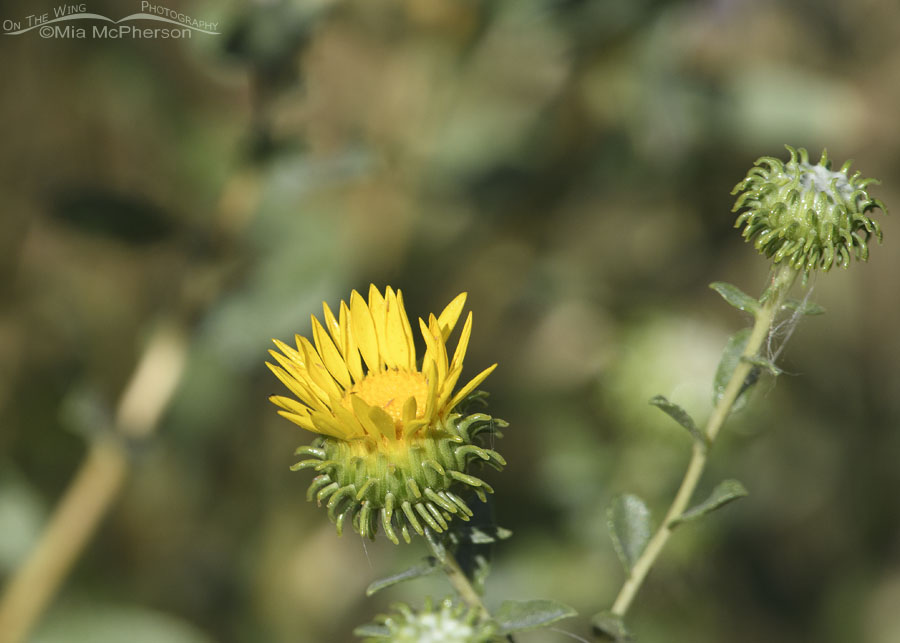 Flowering Curlycup Gumweed
Flowering Curlycup Gumweed
One notable characteristic of Curlycup Gumweed is its leaves, which are covered in glandular hairs that produce a sticky resin. The leaves are deeply lobed and have a curly or wavy appearance, giving the plant its common name. These sticky leaves serve as a defense mechanism against herbivores and help to reduce water loss through transpiration.
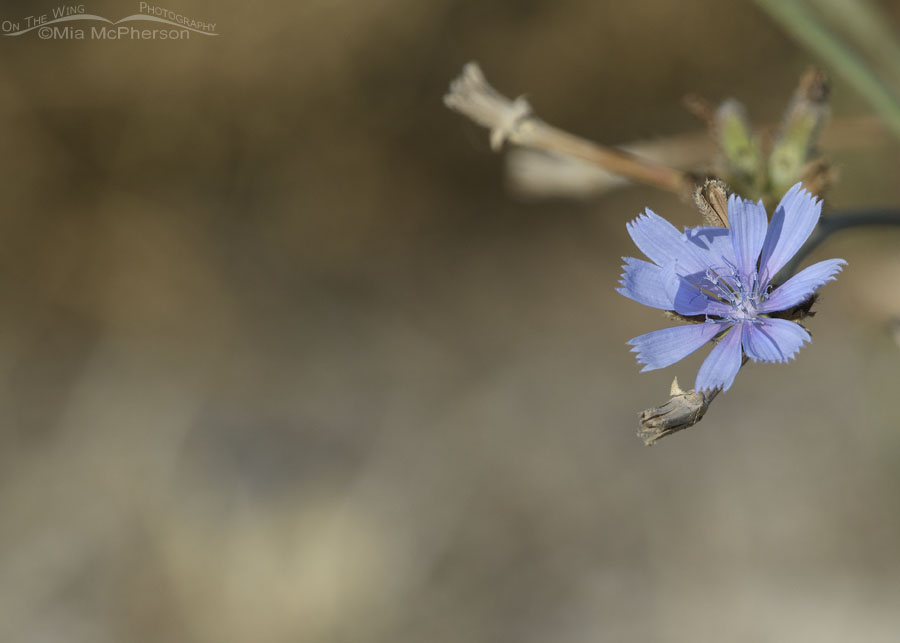 Chicory blossom at Farmington Bay
Chicory blossom at Farmington Bay
Chicory is a herbaceous plant that is native to Europe, but it has been naturalized in various regions around the world, including parts of North America.
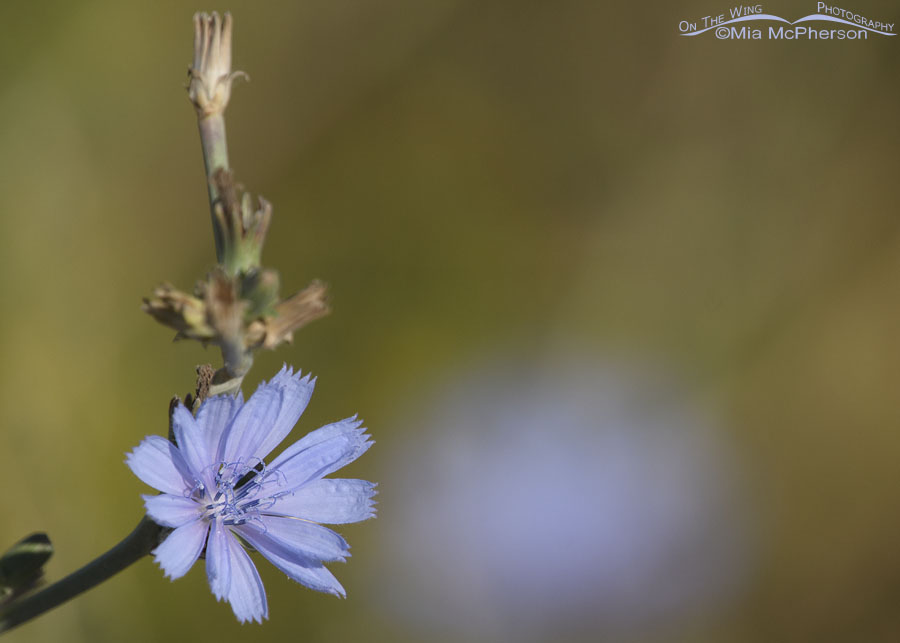 Chicory in bloom
Chicory in bloom
In northern Utah, chicory can be found growing in the wild and is also cultivated for various purposes.
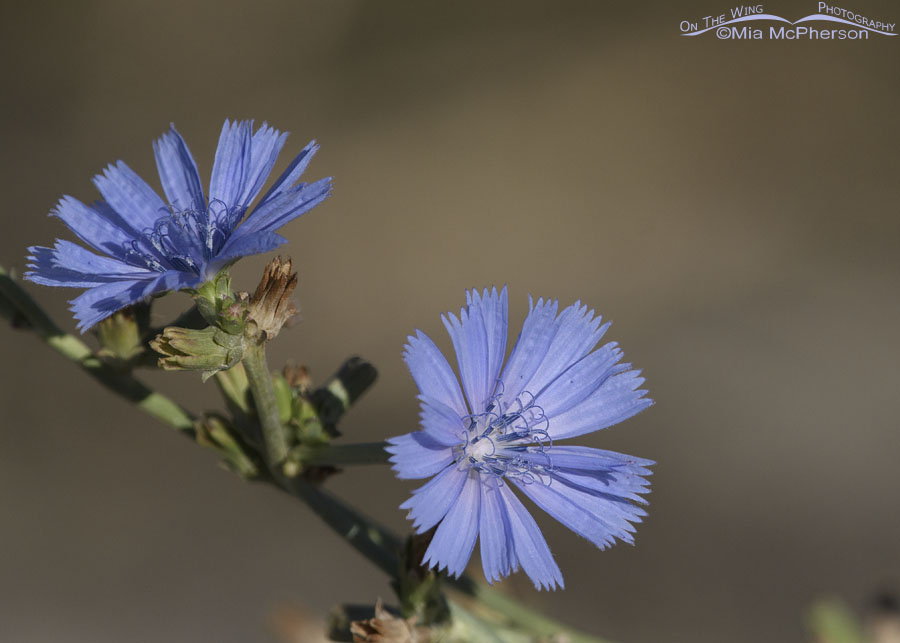 Chicory blossoms
Chicory blossoms
Chicory, although not native to North America, is not considered invasive in most regions. In northern Utah, it generally coexists with other native and introduced plant species without causing significant ecological disruptions.
Native or nonnative, I find myself drawn to photographing the flowers that I see during their blooming season.
Life is good.
Mia
Click here to see more of my wildflower, shrub and tree photos.


Lovely wildflowers, Mia. Thank you for mentioning Transpiration as well. My HS students were always surprised when they learned that Transpiration was part of the Water Cycle they thought they knew so well.
I am glad that you stop to photograph the blooms. Very glad.
Beetles to the rescue! We now know it’s possible to control purple loosestrife with different beetles.
https://www.dnr.state.mn.us/invasives/aquaticplants/purpleloosestrife/biocontrol.html#:~:text=Galerucella%20pusilla%20and%20G.,growth%20of%20purple%20loosestrife%20plants.
More info
https://youtu.be/ei82hmX4kKo
Fascinating. I love what I have learned about plants from your blog.